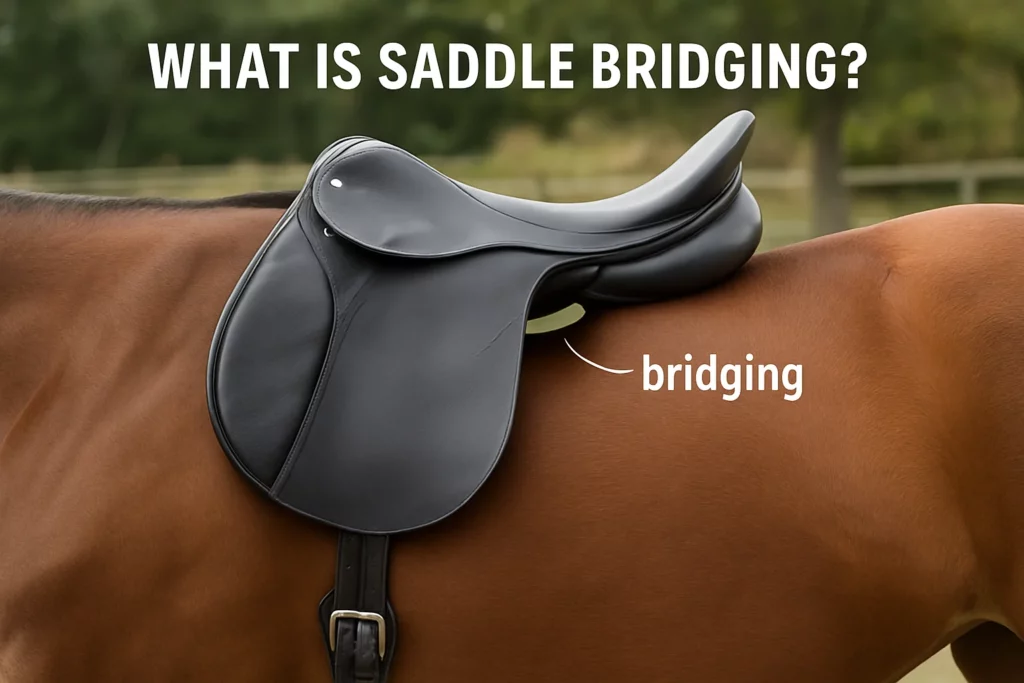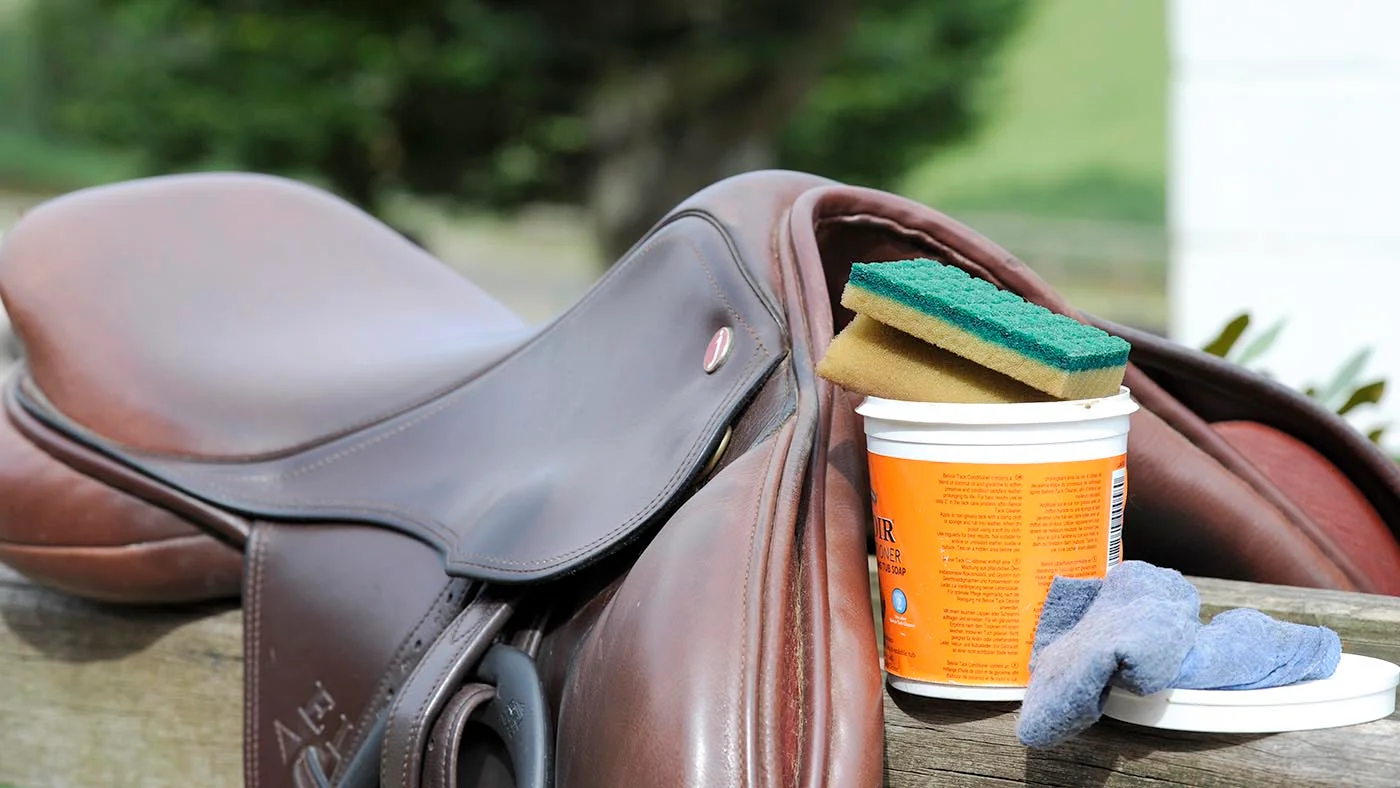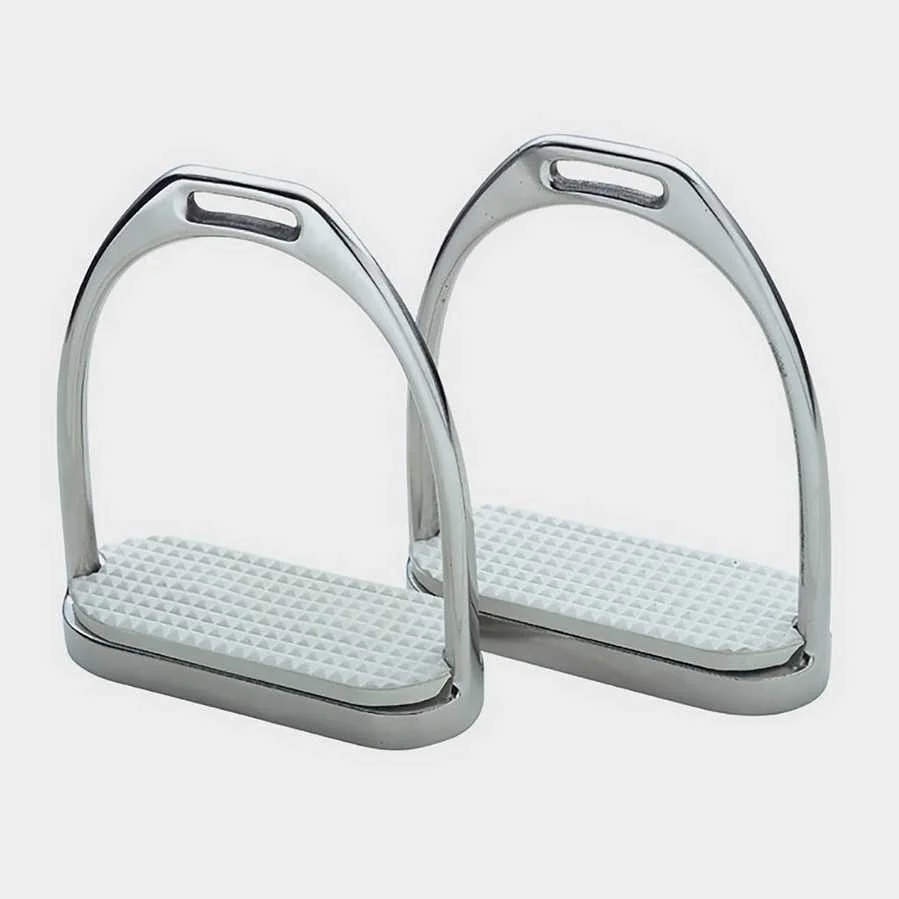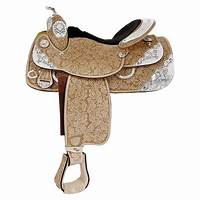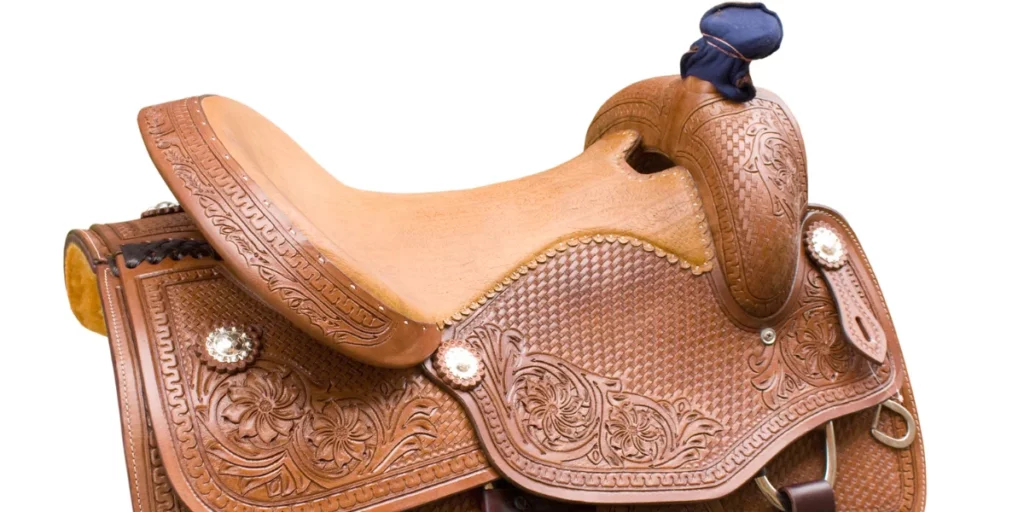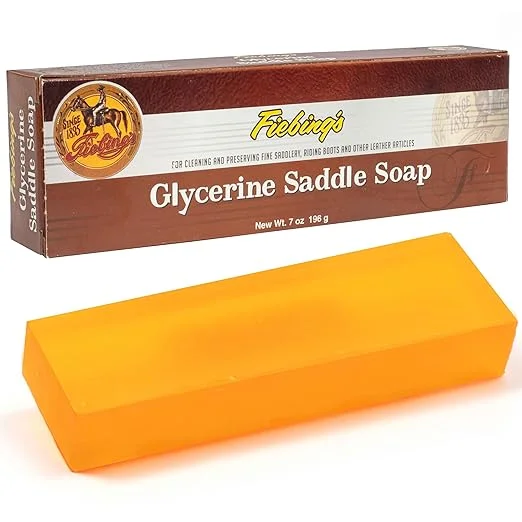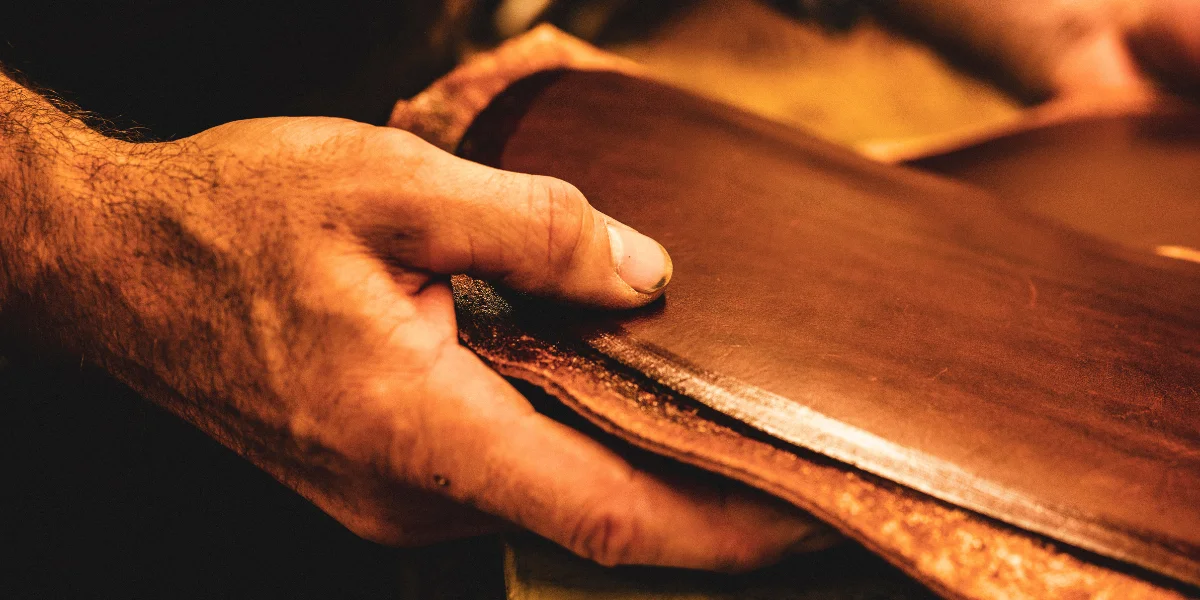Switching from an English to a Western saddle can feel like stepping into a different world — even though you’re still riding a horse! Whether you’re curious about trail riding, exploring Western disciplines, or simply want a more relaxed ride, this transition brings some key changes that’s worth familiarising yourself with.
1. The Saddle Itself
The most obvious change is the saddle. Western saddles are generally larger and heavier than English ones, offering more surface area for distributing the rider’s weight.
- Structure: Western saddles have a horn, deeper seat, and higher cantle for added security.
- Weight: Be prepared for a workout as western saddles are much heavier!
- Purpose: Designed for comfort during long hours of ranch work or trail riding.
2. Riding Position and Balance
Your seat and leg position will shift slightly.
- Seat: You’ll likely sit deeper and more upright in a Western saddle.
- Legs: Legs naturally fall longer; stirrups are usually adjusted longer than in English riding.
- Balance: The saddle offers more support, but you’ll need to adjust how you balance, especially if you’re used to a more forward seat like in jumping.
3. Tack and Equipment Differences
Beyond the saddle, tack setups also vary.
- Bridle: Western bridles may lack a noseband and often feature curb bits with shanks.
- Reins: Split reins or romal reins replace the single loop of English reins.
- Padding: Saddle pads are thicker and often shaped to the contours of the Western saddle.
4. Aids and Cues
Communication with your horse may change subtly.
- Neck Reining: Many Western horses respond to neck reining rather than direct contact.
- Seat and Weight Cues: Western riding often relies more on subtle body cues than rein pressure.
- Contact: Expect a looser rein with less constant contact than in English styles.
5. Gaits and Movements
You’ll encounter some differences in how gaits are ridden or labeled.
- Jog vs. Trot: The Western “jog” is a smoother, more relaxed version of the English trot.
- Lope vs. Canter: The “lope” is a slower, more collected version of the canter.
- Posting: Posting is uncommon in Western riding, as the jog is smooth enough to sit.
6. Disciplines and Activities
The goals and riding styles can shift too.
- Western Disciplines: Reining, cutting, barrel racing, trail classes, and ranch work.
- Pace: Western riding often feels slower and more deliberate.
- Mindset: Emphasis on utility, calmness, and minimal movement in many Western events.
7. Tips for First-Time Western Riders
If you’re getting in the saddle Western-style for the first time, here are some key tips to make your ride smoother and more enjoyable:
1. Don’t Rush the Tack Setup
Western tack is heavier and may feel bulkier than what you’re used to. Take your time learning how to properly cinch a Western saddle — it usually includes a front cinch (girth), and sometimes a back cinch and breast collar. If unsure, ask for help at your barn or watch a detailed video before you ride.
2. Get Used to the Horn — But Don’t Rely on It
The saddle horn is handy but shouldn’t be used as a handle to balance or pull yourself up. Learn to mount using the stirrup and pommel. The horn is there for specific tasks (like roping) — not for bracing.
3. Adjust Your Stirrups Longer
Unlike English riding, your legs will hang longer in a Western saddle. Stirrups should allow a slight bend in the knee while letting your legs relax. Don’t be afraid to hop off and adjust them until they feel just right.
4. Learn to Neck Rein (Gradually)
If your horse is trained for neck reining, start practicing using your outside rein gently against the neck while guiding with subtle cues. But always prioritize clear, calm communication with your horse.
5. Practice a Loose Rein
Western riding often involves riding with more slack in the reins. It can feel unusual at first if you’re used to constant contact, but it encourages better balance, communication through your seat, and trust in your horse.
6. Embrace the Relaxed Pace
Western disciplines tend to favor calm, collected movement. Take a deep breath, relax in the saddle, and allow your horse to move at a steady, unhurried pace, especially at the jog and lope.
7. Dress the Part (Functionally)
Jeans and a heeled boot are more than a look, they prevent stirrup slips and protect your legs from saddle rub. A wide-brimmed hat or helmet can help with sun or branches on trail rides.
Conclusion
Transitioning from English to Western is more than just swapping saddles, it’s embracing a new mindset and riding culture. The good news? Many principles carry over, and the versatility you gain makes you a better-rounded rider. With time and practice, the Western saddle might just become your new favorite seat.





